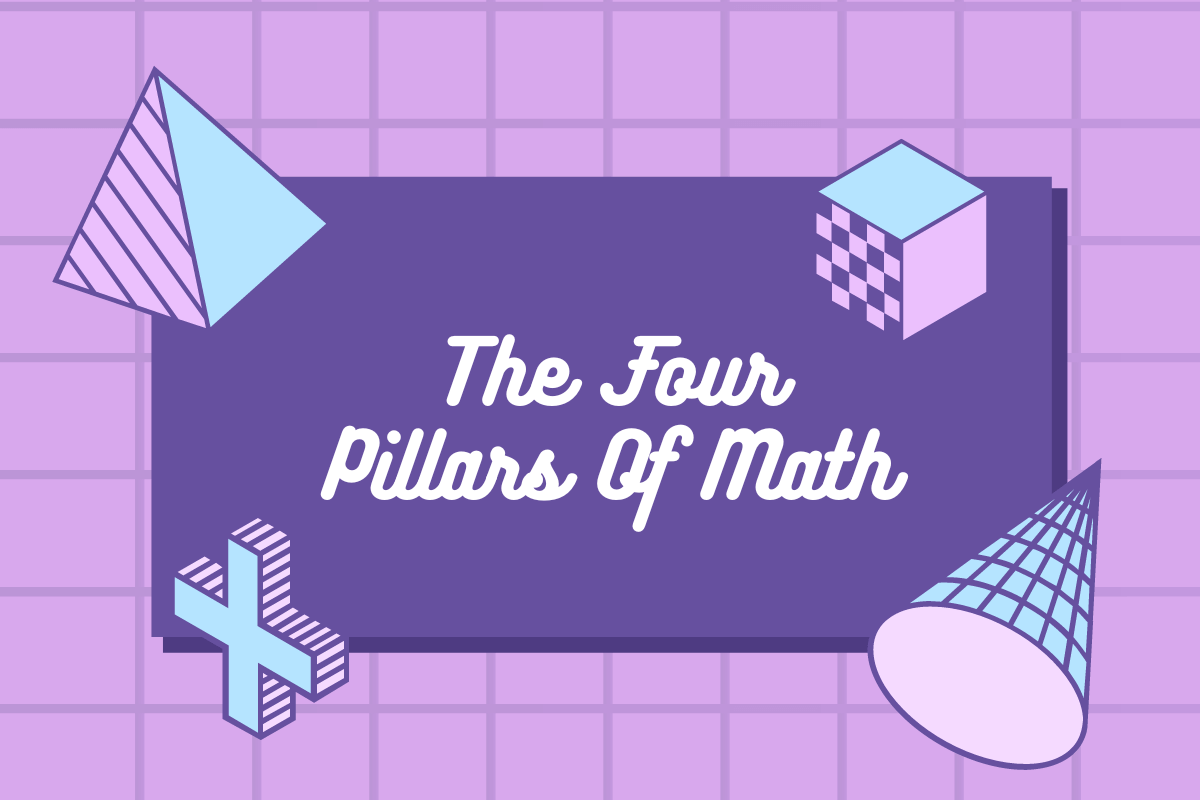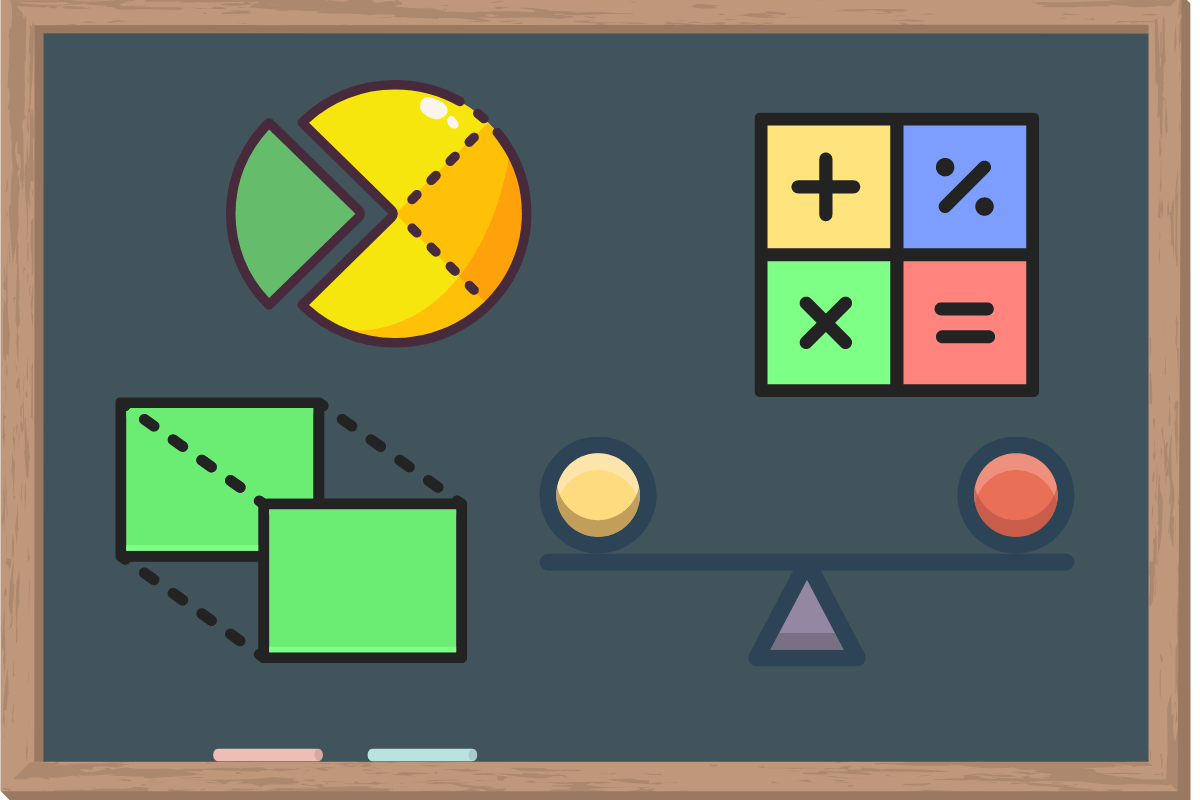Education serves as the cornerstone of a child’s future, laying down the foundation upon which their personal and professional lives will be built. In today’s fast-paced and competitive world, the academic pressures faced by children have escalated significantly. These pressures stem from the desire to excel academically and the need to acquire a diverse skill […]









